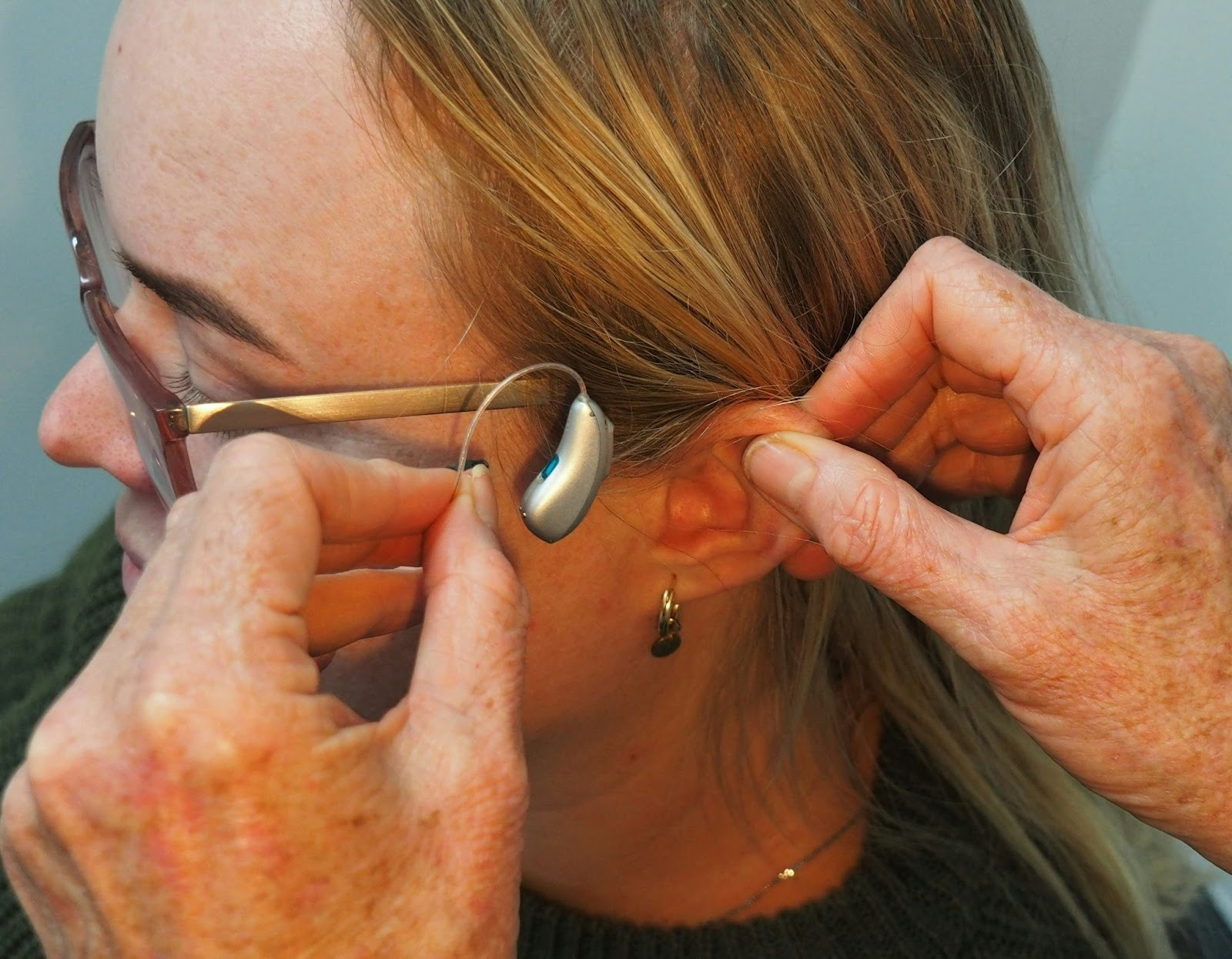Posted inGifts
Cozy, Creative & Comforting Gift Ideas Moms and Kids Will Actually Love
Finding the perfect gift shouldn’t feel stressful. It should feel joyful and exciting, and you should look forward to the receiver opening the gift. Whether you’re shopping for a curious…



































































































